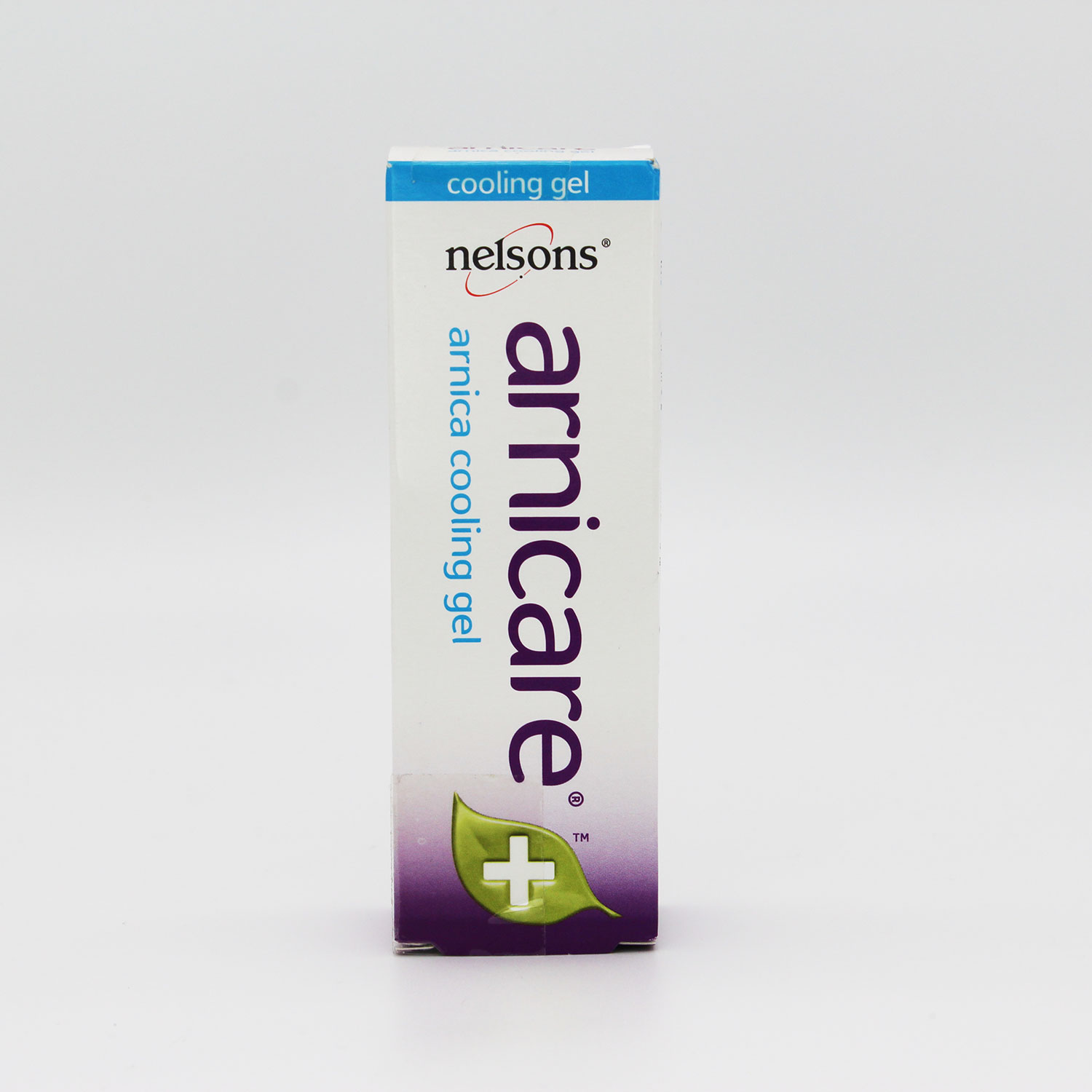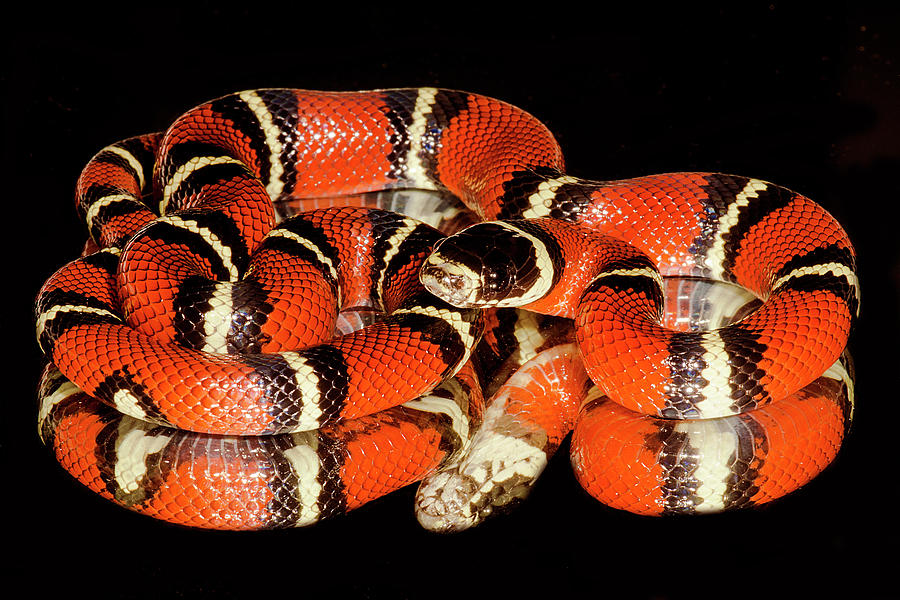

A front-opening vivarium is preferable to a top-opening one, but those can be used as well. However, longer snakes will need larger enclosures, so that they can fully stretch out their body they’re also active, like most colubrids, and therefore should have ample space to roam and explore.

Since this subspecies averages at 24-36 inches (61-90 centimeters), a 3 foot long enclosure, such as a 40 gallon breeder tank, is a great size for most snakes. Always aim to feed them in their enclosure to prevent bites, stress, or even regurgitation.Īs with most snakes, the enclosure should be as long on one end as the snake is long. Hatchlings and juveniles should eat every 5-7 days and adults every 7-10 days, depending on how well they retain their bodyweight. Adults will typically be eating adult mice. When offering food, the mice should be slightly larger than (up to 1.5x) the thickest part of the snake’s body, so that it leaves a small lump after feeding. The only exception to this is the occasional picky hatchling that may need their pinky mouse scented with a lizard for the first one or two feedings. Because of this, captive-bred individuals will typically take frozen/thawed mice very easily, given that the husbandry is correct. Milks, like other kingsnakes, are notorious for their food-driven attitudes, and are very unlikely to refuse a meal. They are not immune to, but are resistant to the venom of native snakes. In the wild, they primarily feed on other snakes, lizards, and small rodents, but will also eat birds’ eggs, earthworms, insects, birds, and small frogs. Like all snakes, Eastern milksnakes are obligate carnivores. Their belly is whitish with irregular squarish black blotches giving a checkerboard effect.
#CARE OF NELSONS MILKSNAKE PATCH#
They derive their scientific name from the triangular or Y-shaped light patch that is sometimes found at the base of the head. Juveniles typically have redder blotches than adults. Their body is tan or grey with three to five rows of reddish-brown, black-edged dorsal blotches. Unlike most snakes, the males are larger than the females. One to three pounds is the average weight of an adult. It is always best to buy from reputable, ethical reptile stores or breeders rather than chain pet stores or mass-scale breeders.Įastern milks are a small to medium-sized snake at 24-52 inches in length (61-132 centimeters), with the average being 24-36 inches (61-90 centimeters). They are oviparous and hatchlings are 5.5-11 inches (14-28 centimeters). Out of the 24 subspecies of milksnake, Easterns are not among the most popular in captivity, but captive-bred individuals can be sought out. Their natural predators include opossums, skunks, raccoons, bullfrogs, brown thrashers, and humans. They are semi-fossorial and are therefore often found underground or beneath stones, boards, rocks, logs, and stumps. They inhabit a vast variety of areas wetlands such as bogs, marshes, and swamps, sand dunes, woodlands, prairies, fields, rocky outcrops and hillsides, agricultural areas such as farms, hayfields, and pastures, meadows, suburban parks, gardens, cities, and at the edges of bodies of water such as lakes. Their range is from southeastern Maine to Ontario in the north to Alabama and western North Carolina in the south. They are the most northeastern of the milksnake subspecies, and the only one indigenous to Canada. The Eastern milk is native to eastern and central North America.


 0 kommentar(er)
0 kommentar(er)
